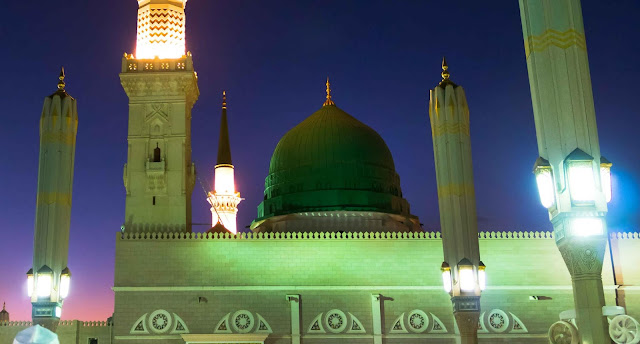The Rituals Involved in Performing Umrah
Many of the Muslims residing in various corners of the
world make their journey to the Kingdom of Saudi Arabia to perform the Islamic
pilgrimages of Hajj and Umrah. While the former is one of Islam's five pillars
and an obligation for all able-bodied and financially capable Muslims, the
latter is not compulsory and is often referred to as the 'lesser pilgrimage'. Although
it is not obligatory, the lesser pilgrimage has a special significance in Islam
as it is the Sunnah of Prophet Muhammad (peace be upon him). It involves lesser
rituals than the major pilgrimage of Hajj and is usually completed within a few
hours. This pilgrimage can be performed at any time of the year.
The very first requirement for performing Umrah is to enter the state of
'Ihram' or the 'pure state'. This is achieved by putting on the pilgrim's
garments. There are designated places in the vicinity of Makkah called 'Meeqat'
where the pilgrims enter their state of ihram. The prescribed ihram clothing
for men is two seamless garments. One is to be wrapped around their waists,
which extends below their knees; while the other is worn over their left shoulder
and tied at the right side. The male pilgrims must not cover their heads.
When it comes to female pilgrims, they can wear an
ordinary dress according to the Islamic public dress code. However, they must
not cover their faces and hands. All pilgrims in this state must not use any
kind of scents or scented liquids either on their ihram clothing or their
bodies. If their garments have been spoiled by dirt or any of the scented
liquids, they must wear new Ihram clothing. Trimming the hair or beard, cutting
the nails, smoking, swearing, or engaging in any kind of sexual activity is
strictly forbidden while in this state.
Killing animals, taking oaths, using cosmetics,
quarrelling or fighting are the other forbidden acts. Pilgrims must use
unscented soaps for cleansing their bodies while in the state of ihram. After
getting into the pure state, the pilgrims must pronounce their intention to perform
Umrah. Next is the recital of 'Talbiyah' or a prayer that communicates the
pilgrim's intention to perform the pilgrimage for the glory of The Almighty
Allah and nothing else. A series of rituals are then performed by the pilgrims
by entering the perimeter of Makkah. One of them is 'Tawaf', which is performed
by circumambulating the Kaabah seven times anticlockwise.
Sa'i is the next ritual, which requires the pilgrim to
walk back and forth seven times between the Safa and Marwah hills. This
resembles the event when Prophet Ibrahim's (peace be upon him) wife Hajar
(peace be upon her) searched frantically for water to quench the thirst of
Prophet Ismael (peace be upon him) who was an infant at that time. After this
ritual, 'Halq' is performed on the male pilgrims and 'Taqsir' is performed on
female pilgrims. This involves shaving off the hair completely from the head in
case of males and cutting a fingertip's length of hair in case of females.

Comments
Post a Comment